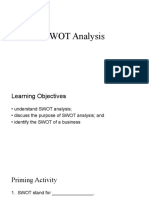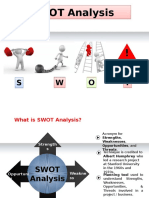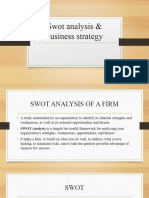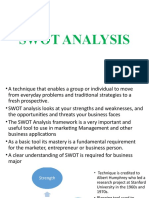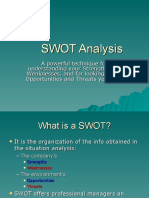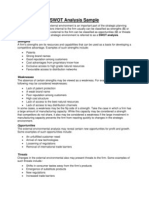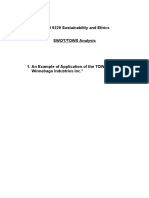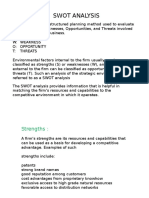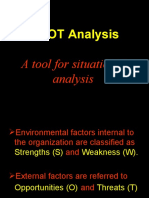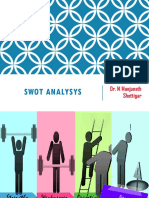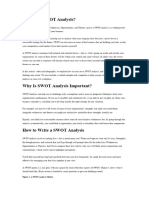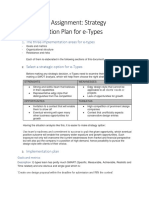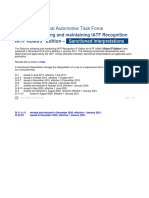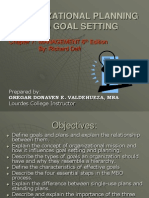0% found this document useful (0 votes)
284 views19 pagesSWOT Analysis: (Strengths, Weaknesses, Opportunities & Threats)
This document provides an overview of SWOT analysis, which is a tool used to evaluate an organization's strengths, weaknesses, opportunities, and threats. It involves analyzing internal factors that are within the organization's control (strengths and weaknesses) as well as external factors in the environment that the organization cannot control (opportunities and threats). The SWOT analysis is used for strategic planning, product evaluation, competitor evaluation, and decision making. Strengths represent internal advantages, weaknesses are internal disadvantages, opportunities are external factors that can benefit the organization, and threats are external factors that can harm the organization. The SWOT analysis results can be organized into a matrix to help identify strategies that make use of strengths and opportunities or minimize weaknesses and threats
Uploaded by
SanleshCopyright
© Attribution Non-Commercial (BY-NC)
We take content rights seriously. If you suspect this is your content, claim it here.
Available Formats
Download as PPS, PDF, TXT or read online on Scribd
0% found this document useful (0 votes)
284 views19 pagesSWOT Analysis: (Strengths, Weaknesses, Opportunities & Threats)
This document provides an overview of SWOT analysis, which is a tool used to evaluate an organization's strengths, weaknesses, opportunities, and threats. It involves analyzing internal factors that are within the organization's control (strengths and weaknesses) as well as external factors in the environment that the organization cannot control (opportunities and threats). The SWOT analysis is used for strategic planning, product evaluation, competitor evaluation, and decision making. Strengths represent internal advantages, weaknesses are internal disadvantages, opportunities are external factors that can benefit the organization, and threats are external factors that can harm the organization. The SWOT analysis results can be organized into a matrix to help identify strategies that make use of strengths and opportunities or minimize weaknesses and threats
Uploaded by
SanleshCopyright
© Attribution Non-Commercial (BY-NC)
We take content rights seriously. If you suspect this is your content, claim it here.
Available Formats
Download as PPS, PDF, TXT or read online on Scribd
/ 19












